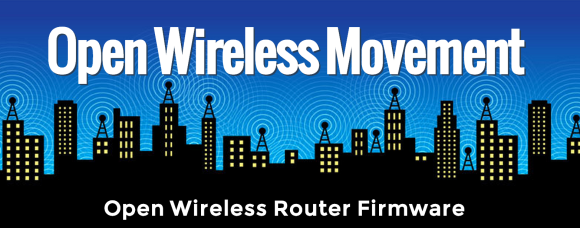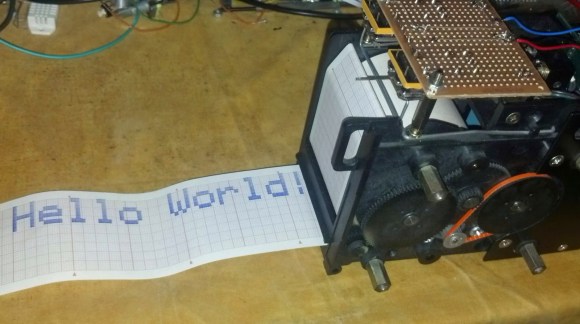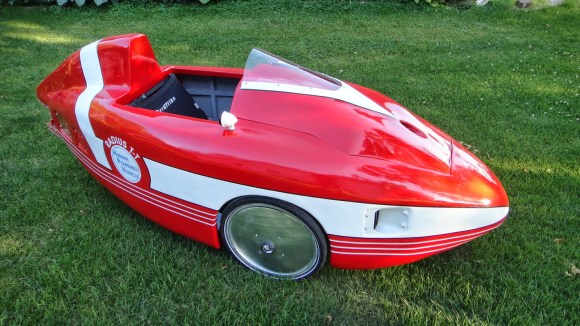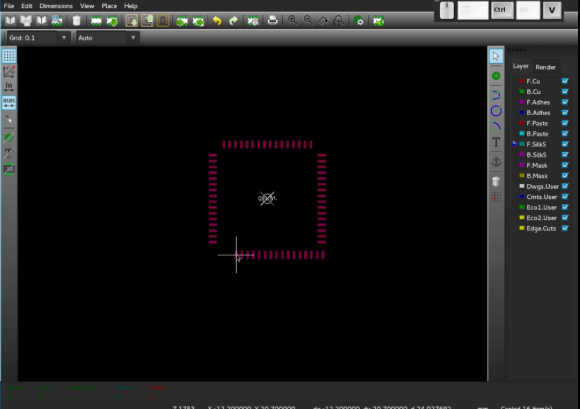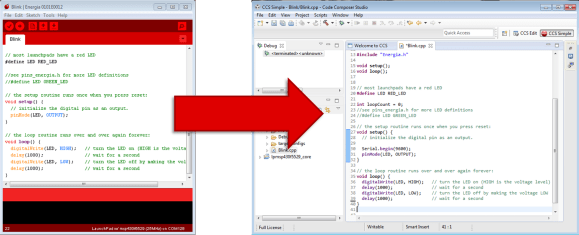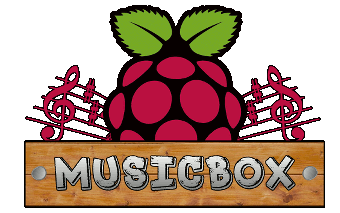The Electronic Frontier Foundation have released an alpha of their own Open Wireless Router Firmware as part of the Open Wireless Movement. This project aims to make it easier to share your wireless network with others, while maintaining security and prioritization of traffic.
We’ve seen a lot of hacks based on alternative router firmware, such as this standalone web radio. The EFF have based their router firmware off of CeroWRT, one of the many open source firmware options out there. At this time, the firmware package only targets the Netgear WNDR3800.
Many routers out there have guest modes, but they are quite limited and often have serious vulnerabilities. If you’re interested in sharing your wireless network, this firmware will help out by letting you share a specified amount of bandwidth. It also aims to have a secure web interface, and secure auto-update using Tor.
The EFF has announced this “pre-alpha hacker release” as a call for hackers who want to join in the fun. Development is happening over on Github, where you’ll find all of the source and issues.

